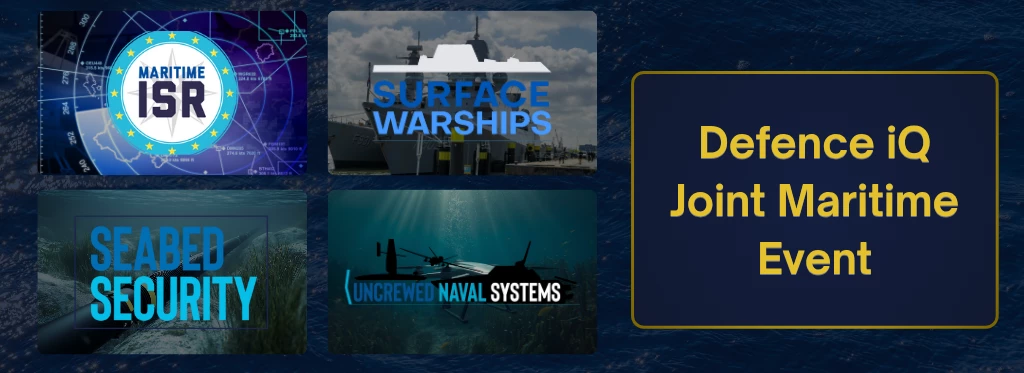Dead Dinosaur C2
Add bookmark
This article was originally Submitted to the US Naval Institute for consideration in the 2020-2021 Information Warfare essay contest.
Authored by:
- CDR (USN) Matthew Cegelske
- VADM (USN Retired) Timothy White
- RDML (USN Retired) Danelle Barrett
Like Oil, You Can’t C2 Data …
Your Goal Should Be to Produce, Assure, and Consume
Data is the “new oil.” Dead dinosaur is a euphemism for oil industry product created through millions of years of molecular transformation (time, heat, and pressure). Oil remains relevant for a number of strategic geographic and political economy reasons. How oil gets commoditized as part of the energy sector and delivered to market is less command and control (C2) and more consumer driven. It is also a high confidence, resilient, assured, and standardized product.
Like the ubiquity of the global energy sector and its oil market, the Navy risks being a dinosaur in a world where data driving operations and warfighting is evolving at a staggering pace. The Navy’s view of data must transform or it will fail critical Distributed Maritime Operations (DMO) objectives and will be on an extinction path. To prevail in Great Power Competition (GPC), we must avoid The Flintstones and embrace The Jetsons by making deliberate choices to invest in our data-driven digital domain.
Data generation and consumption is a perfect match of want and need. You can’t C2 it but you can disrupt, shape, and expand it. The dead dinosaur market is bigger than any one producer or consumer, and is both resilient and elastic. There is a future which assesses uncertainty and past performance; fully commodified, literally, cash on the barrelhead. Everybody wants some, and the appetite for more increases by the minute.
Military commanders want C2 as a means to reduce uncertainty, manage risk, and better organize for combat outcomes. Are they learning the lessons of the oil commodity markets that C2 of dead dinosaurs is a fool’s errand, as is C2 of data? The real task for operational commanders is threefold: (i) pressurize expectations, (ii) accurately identify requirements, and (iii) leverage quality, actionable, timely, secure and authoritative data. Data must come from all sources, employ operations analysis and machine learning (ML), and optimize change detection while augmenting human performance. This is how we win at the lethality boundary of DMO.
Battlespace, environment, and terrain data combine to maintain tactical situational awareness, inform targeting, facilitate combat assessment, generate decision-making insight, and fuel the kill chain. Once we started shooting over the horizon (OTH), data became the commodity of kinetic and non-kinetic operational fires. When we began arming unmanned and autonomous systems, the lethality boundary became governed by trusted data. As ‘over the horizon’ and ‘lethal’ (accuracy, precision, rate, distributed) fires evolve, the more vital trusted data becomes. In traditional military planning and thinking, conventional wisdom misinterprets this to be Operational Control (OPCON) or C2, and has been misapplied to data.
To read the full article, download the full .pdf





















